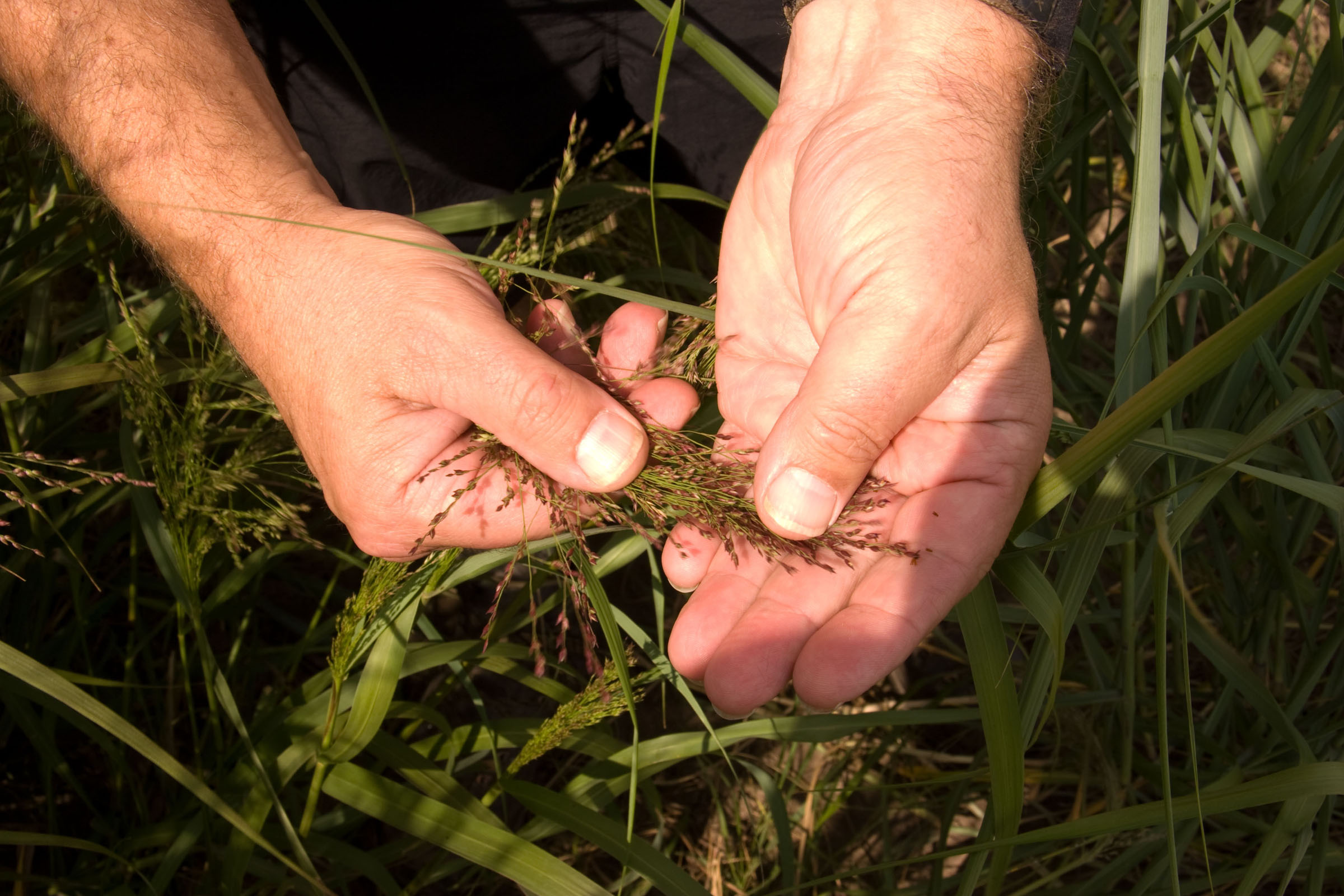While climate change may bring more drought to some parts of the country, Pennsylvania is likely to get more precipitation. And that has led some to wonder whether some of the nation’s agricultural production may start shifting away from places like California and back to the water-rich Midwest and Mid-Atlantic.
To get a better handle on what climate change could mean for agriculture in our region, we reached out to Armen Kemanian. He’s a professor in the Department of Plant Science at Penn State University and helped write the agriculture portion of the Pennsylvania Climate Impacts Assessment Update.
LISTEN: What Climate Change Means for Farming in Pennsylvania
The Allegheny Front: So, how might rising temperatures influence agriculture here?
Armen Kemanian: Well, in theory, seasons for growing crops could become longer. We could plant earlier and have mature crops even later in the season. So we’ll depend a little bit less on imports of some products because they could be produced here and be produced earlier.
Now, come the caveats: The warming doesn’t come so that every day becomes a little nicer; it may come in hot spells that make for extreme temperatures. That’s not good for almost any crop. And early in the season, an alternating of warm periods followed by freezes causes damage.
AF: In the climate impacts assessment, it does say that pig farming may be something that moves from the Southeast, where hog farms are big, to the north—including places like Pennsylvania.
AK: It is possible that Pennsylvania becomes more suitable for animal production—escaping the extreme heat and getting to a more benevolent winter here. But as you can imagine, that comes with challenges. All the waste produced by the animals is a potential source of pollution. So on the one hand, we can welcome the increase in economic activity. On the other hand, it poses potential environmental challenges if not done properly.
AF: Well, one thing we have a lot of is water. We have a little bit of drought in the summer, but we have a lot of precipitation most of the year. So how can regions like ours capitalize on those abundant water resources?
AK: One thing is, we have a lot of water. The other is, where does it go when it falls? It doesn’t mean that because it falls, we can store it. That’s a real challenge. First is the fact that you have so much water that you can’t store it in the soil. And as it comes as a strong storm, it pushes runoff and erosion and starts moving the nutrients toward the river—eventually causing some sort of pollution. It’s not an uncontrollable thing.
But it means that we have to adapt. So maybe there are some areas in the landscape that we should be wary of having annual crops and should move to other types of crops, like perennials—from [for example] forages to bio-energy crops, which can both withstand excess water and trap the excess nutrients that would otherwise go to the river. That’s part of “climate-smart agriculture.”
AF: You mention energy crops. Tell us more about those.
AK: Yes, switchgrass is a native grass from the United States. It’s a tall grass, and as a perennial, it tends to have some advantages. You plant it only once, or at least once in 10 years, and [perennials] require a lot less nutrients than typical annual crops.
One of the reasons is that they recycle nutrients: The plants grow, put out their stems and leaves, and come fall, they start yellowing, just like trees, and send the nutrients back to the roots for underground storage. And that makes them extremely resilient; they don’t need that constant input of fertilizer to grow. They also trap whatever nutrients are moving through the soil and towards the river. So they are natural sponges in that regard.
On top of that, they produce biomass, and that biomass can be used to produce bio-products—among them, biofuels. That’s the type of thing that’s a ‘win-win.’ It’s clean energy and it’s clean for the environment. The reason that a farmer will have to grow a crop like that is if they have a market for the biomass. So that’s something that may develop as well.
AF: And what can we learn from other regions across the country that might already be leveraging their water resources?
AK: For example, grape production is expanding in Pennsylvania—slowly, but doing so. But I’ll go far west—like Washington state—where they have seen an increase in the production of wines and vineyards. And why is that? In large part, it’s because production in California can become more challenging, and so naturally some producers start moving north.
Now it’s not that they move the entire operation, but they start exploring and they find the places that are suitable for it. And then you have a town like Walla Walla, in eastern Washington, becoming a hub for grape and wine production. For the East, I think the opportunity is the market: The market is close by. So I think savvy producers will take advantage of that.
###
Armen Kemanian is a professor in the Department of Plant Science at Penn State University.



